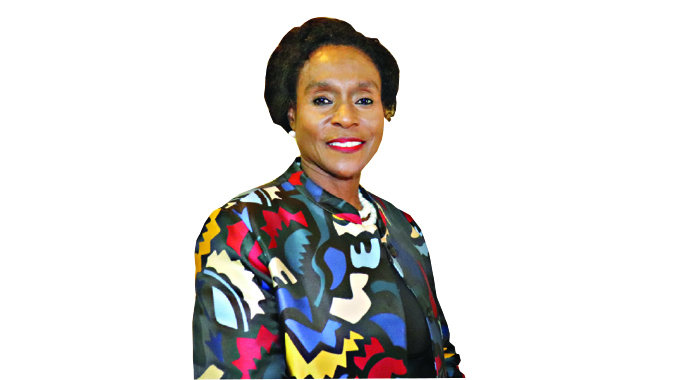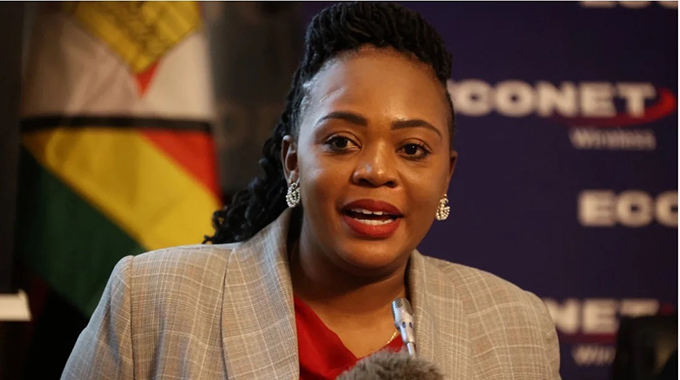IPEC launches capital risk framework

Oliver Kazunga , Senior Business Reporter
THE Insurance Pension Commission (IPEC) has launched a new solvency framework that will capacitate insurers to withstand any risk they get exposed to and enhance protection for policyholders.
The new framework, which is called the Zimbabwe Integrated Capital and Risk Programme (ZICARP), requires that local insurers have capital aligned to the risk they cover.
In the past, the insurance sector has faced fragility due to lack of adequate capital to carry a risk as the country applied an all-encompassing regulatory capital requirement, regardless of the insurer’s size and nature.
Previously, life assurers were required to hold a minimum capital threshold of $75 million, short-term assurer $37,5 million and funeral assurers $62,50 million. However, the coming on board of ZICARP entails that the insurance industry has been moved from a rules-based to risk-based supervision.
In her opening remarks at the ZICARP virtual launch held yesterday, IPEC commissioner general, Dr Grace Muradzikwa said the new framework reduces operational surprises and losses.
“ZICARP allows for the alignment of locally insurance practice with international best practice.
“It is expected that for second quarter 2021 reporting entities will submit parallel runs of ZICARP and SI (Statutory Instrument) 95 of 2017 to the commission and further parallel runs would be expected during the 3rd and 4th quarter 2021 submissions and entities will then be expected to report entirely on ZICARP from 2022 onwards,” she said.
“We look forward to witnessing improved levels and compliance by all insurance entities, and I would just like to take this opportunity to underscore that ZICARP is a continuous revolving solvency regime and as such, insurers should be flexible in the approach.”
In light of the new framework, the IPEC boss said insurers should also be willing to regularly engage with the commission when a change in certain aspects of the solvency regime is necessary.
Speaking at the same event, a consultant, Mr Tinashe Mashoko, echoed similar sentiments adding that ZICARP aims to enhance consumer protection.
“ZICARP is a principle-based approach to supervision, which is a move from the previous rules-based approaches.
“If achieved well, ZICARP will hopefully converge the regulatory capital regime that it is putting forward with whatever internal risk-based or economic capital-based methods that insurance players are currently employing,” he said.
From an insurance company perspective, Mr Mashoko said this should ensure better allocation of capital resources in insurance firms because capital would be directed to events and products which give the insurance company highest return on risk-based capital.
“ZICARP also aims to bring the market to global best practices as well as to align our own industry,” he said.
Mr Mashoko said ZICARP as a regime is also aimed at introducing a proportionate approach to supervision, which gives appropriate treatment for large and small insurers.
“ZICARP aims to ensure consumer protection and assurance to policyholders and beneficiaries whilst at the same time providing incentives to insurance companies for them to measure and properly manage their own risks.
“It also aims to enable insurers to absorb significant unforeseen losses through adequate risk management,” he said.
ZICARP launch implies that there would be need now to understand each insurance firm’s business line and products and identify risks in those activities and assess the quality of risk management, oversight and day-to-day management.
Of late, Zimbabwe’s insurance industry has been marred by low confidence after policyholders lost over ZWL$3 billion when the economy adopted a multi-currency system in February 2009.
As a result of the loss, in 2015, a Commission of Inquiry was set up by late former President Mr Robert Mugabe.
The Commission of Inquiry was established to look into the conversion of the insurance and pension values from the Zimbabwe dollar to the United States dollar. — @okazunga











Comments